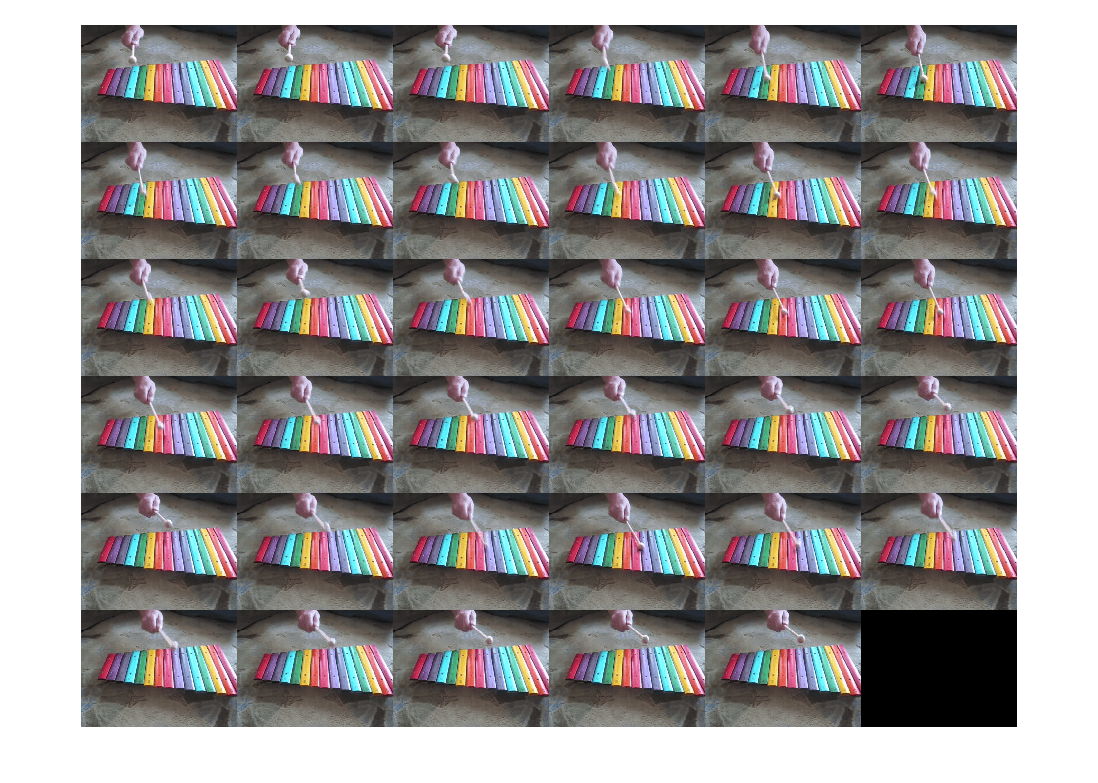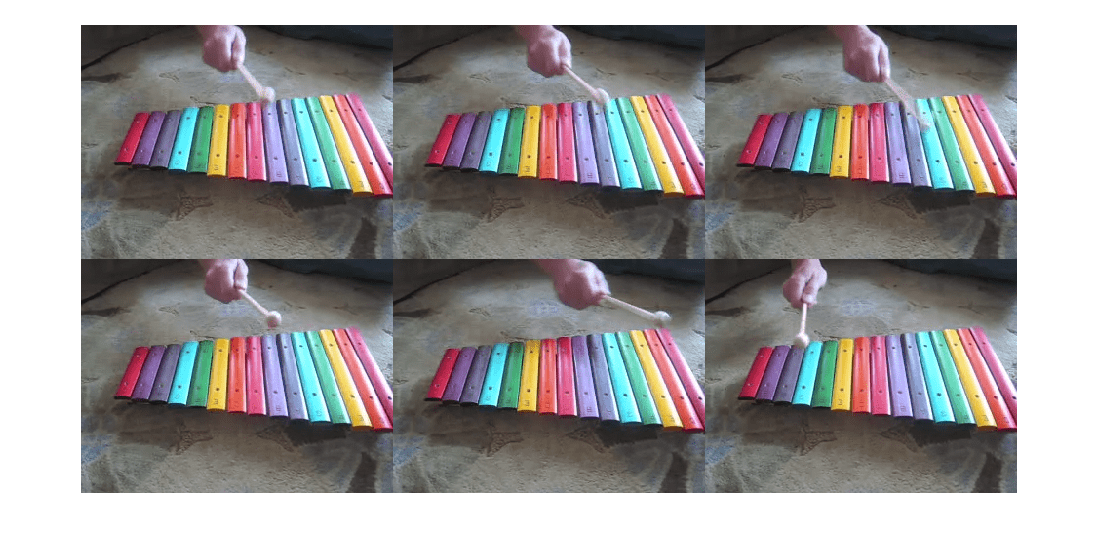partition
Partition a datastore
Syntax
Description
Examples
Create a datastore for a large collection of files. For this example, use ten copies of the sample file airlinesmall.csv. To handle missing fields in the tabular data, specify the name-value pairs TreatAsMissing and MissingValue.
files = repmat({'airlinesmall.csv'},1,10);
ds = tabularTextDatastore(files,...
'TreatAsMissing','NA','MissingValue',0);Partition the datastore into three parts and return the first partition. The partition function returns approximately the first third of the data from the datastore ds.
subds = partition(ds,3,1);
The Files property of the datastore contains a list of files included in the datastore. Check the number of files in the Files property of the datastore ds and the partitioned datastore subds. The datastore ds contains ten files and the partition subds contains the first four files.
length(ds.Files)
ans = 10
length(subds.Files)
ans = 4
Create a datastore from the sample file, mapredout.mat, which is the output file of the mapreduce function.
ds = datastore('mapredout.mat');Get the default number of partitions for ds.
n = numpartitions(ds);
Partition the datastore into the default number of partitions and return the datastore corresponding to the first partition.
subds = partition(ds,n,1);
Read the data in subds.
while hasdata(subds) data = read(subds); end
Create a datastore that contains three image files.
ds = imageDatastore({'street1.jpg','peppers.png','corn.tif'})
ds =
ImageDatastore with properties:
Files: {
' ...\matlab\toolbox\matlab\demos\street1.jpg';
' ...\matlab\toolbox\matlab\imagesci\peppers.png';
' ...\matlab\toolbox\matlab\imagesci\corn.tif'
}
ReadSize: 1
Labels: {}
ReadFcn: @readDatastoreImage
Partition the datastore by files and return the part corresponding to the second file.
subds = partition(ds,'Files',2)
subds =
ImageDatastore with properties:
Files: {
' ...\matlab\toolbox\matlab\imagesci\peppers.png'
}
ReadSize: 1
Labels: {}
ReadFcn: @readDatastoreImage
subds contains one file.
Create a datastore from the sample file, mapredout.mat,
which is the output file of the mapreduce
function.
ds = datastore('mapredout.mat');Partition the datastore into three parts on three workers in a parallel pool.
numWorkers = 3; p = parpool('local',numWorkers); n = numpartitions(ds,p); parfor ii=1:n subds = partition(ds,n,ii); while hasdata(subds) data = read(subds); end end
Compare a coarse-grained partition with a fine-grained subset.
Read all the frames in the video file xylophone.mp4 and construct an ArrayDatastore object to iterate over it. The resulting object has 141 frames.
v = VideoReader("xylophone.mp4"); allFrames = read(v); arrds = arrayDatastore(allFrames,IterationDimension=4,OutputType="cell",ReadSize=4);
To extract a specific set of adjacent frames, create four coarse-grained partitions of arrds. Extract the second partition, which has 35 frames.
partds = partition(arrds,4,2); imshow(imtile(partds.readall()))

Extract six nonadjacent frames from arrds at specified indices using a fine-grained subset.
subds = subset(arrds,[67 79 82 69 89 33]); imshow(imtile(subds.readall()))

Input Arguments
Input datastore. You can use the datastore function to
create a datastore object from your data.
Number of partitions, specified as a positive integer.
If you specify a number of partitions that is not a numerical factor of
the number of files in the datastore, partition will
place each of the remaining observations in the existing partitions,
starting with the first partition.
The number of existing partitions that contain an additional observation
is equal to the remainder obtained when dividing the number of files in the
datastore by the number of partitions. For example, if your datastore object
contains 23 files that you want to partition into 3 parts, the first two
partitions that partition creates will contain 8 files,
and the last partition will contain 7 files.
Example: 3
Data Types: double
Index, specified as a positive integer.
Example: 1
Data Types: double
File name, specified as a character vector or string scalar.
The value of filename must match exactly the file name
contained in the Files property of the datastore. To
ensure that the file names match exactly, specify
filename using ds.Files{N} where
N is the index of the file in the
Files property. For example,
ds.Files{3} specifies the third file in the datastore
ds.
Example: ds.Files{3}
Example: 'file1.csv'
Example: '../dir/data/file1.csv'
Example: 'hdfs://myserver:7867/data/file1.txt'
Data Types: char
Output Arguments
Output datastore. The output datastore is of the same type as the input
datastore ds.
Extended Capabilities
Usage notes and limitations:
In a thread-based environment, you can use
partitiononly with the following datastores:ImageDatastoreobjectsCombinedDatastore,SequentialDatastore, orTransformedDatastoreobjects you create fromImageDatastoreobjects by usingcombineortransform
You can use
partitionwith other datastores if you have Parallel Computing Toolbox™. To do so, run the function using a process-backed parallel pool instead of usingbackgroundPoolorThreadPool(use eitherProcessPoolorClusterPool).
For more information, see Run MATLAB Functions in Thread-Based Environment.
Version History
Introduced in R2015a
See Also
datastore | numpartitions | subset
Topics
- Partition a Datastore in Parallel (Parallel Computing Toolbox)
MATLAB Command
You clicked a link that corresponds to this MATLAB command:
Run the command by entering it in the MATLAB Command Window. Web browsers do not support MATLAB commands.
Seleccione un país/idioma
Seleccione un país/idioma para obtener contenido traducido, si está disponible, y ver eventos y ofertas de productos y servicios locales. Según su ubicación geográfica, recomendamos que seleccione: .
También puede seleccionar uno de estos países/idiomas:
Cómo obtener el mejor rendimiento
Seleccione China (en idioma chino o inglés) para obtener el mejor rendimiento. Los sitios web de otros países no están optimizados para ser accedidos desde su ubicación geográfica.
América
- América Latina (Español)
- Canada (English)
- United States (English)
Europa
- Belgium (English)
- Denmark (English)
- Deutschland (Deutsch)
- España (Español)
- Finland (English)
- France (Français)
- Ireland (English)
- Italia (Italiano)
- Luxembourg (English)
- Netherlands (English)
- Norway (English)
- Österreich (Deutsch)
- Portugal (English)
- Sweden (English)
- Switzerland
- United Kingdom (English)